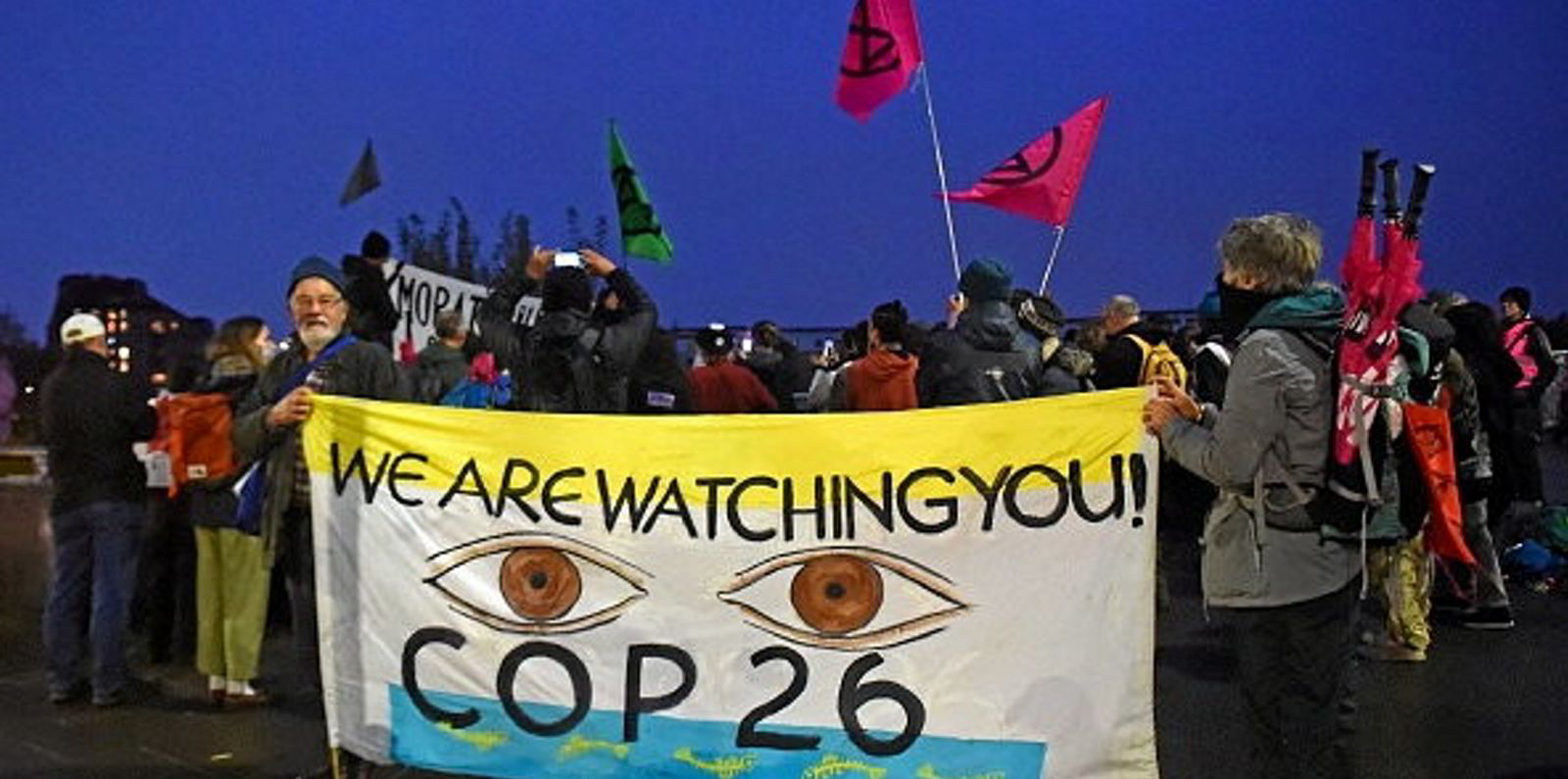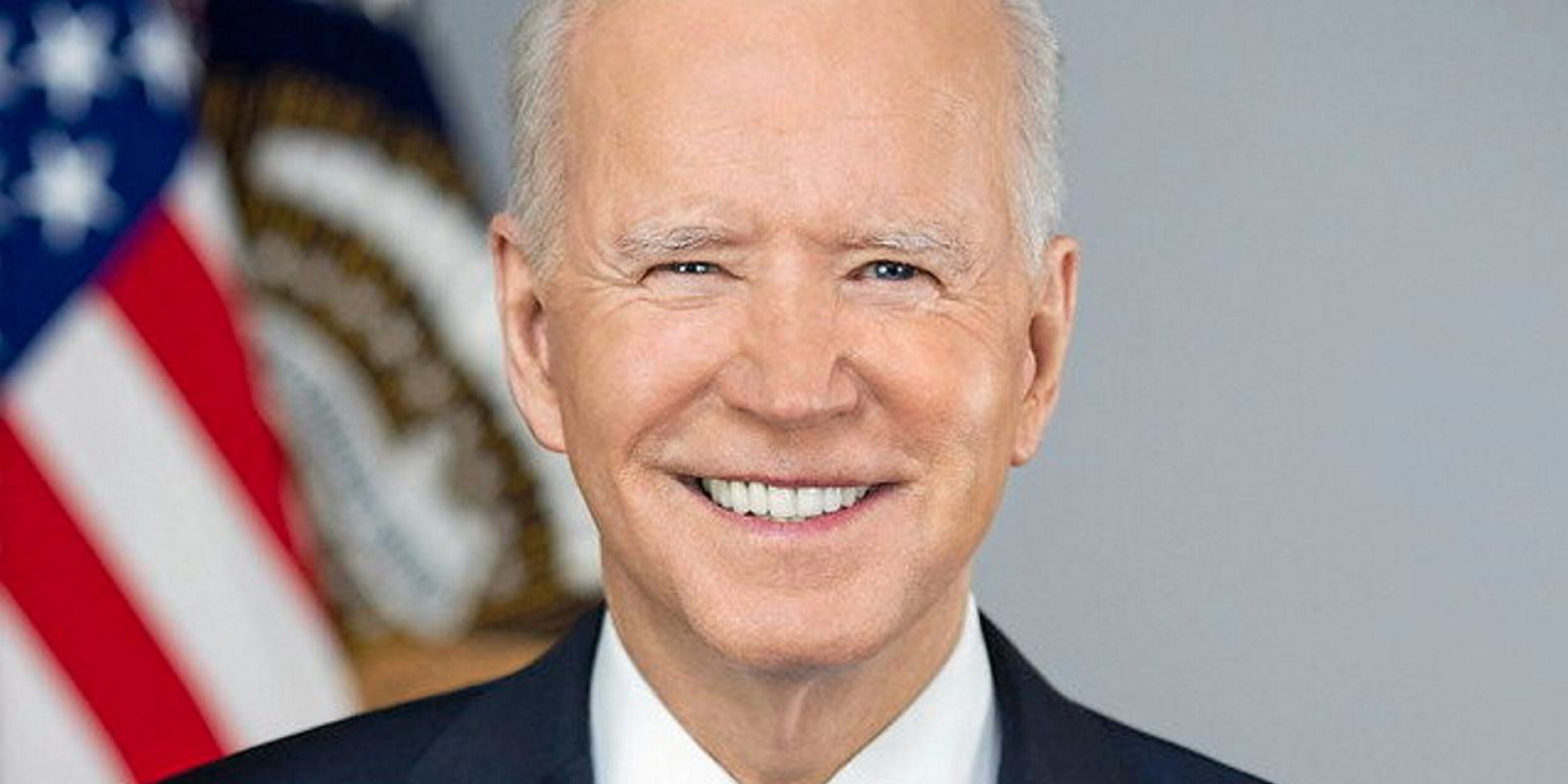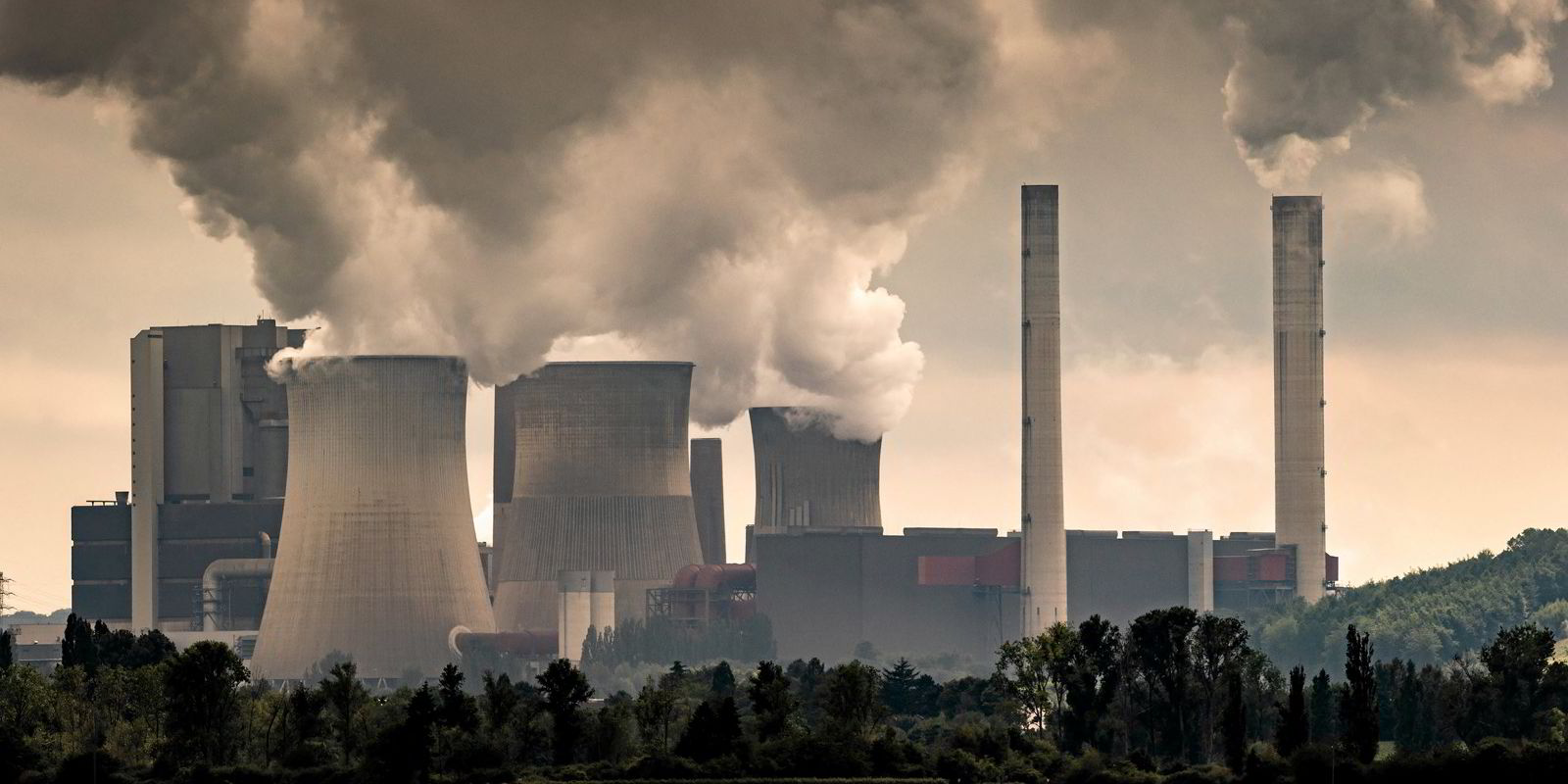Climate action pledges announced so far at the COP26 conference in Glasgow, Scotland for 2030 still leave the world facing emissions “around twice the level” necessary to slow global heating to the Paris Agreement target of 1.5°C above pre-industrial temperatures, new calculations from research group Climate Action Tracker (CAT) have revealed.
The global energy transition is gathering momentum – and the accompanying news-stream becoming an information deluge. Separate the green giants from the greenwash and the hard facts from the click-bait headlines with Recharge Agenda, our curation of the market-making events of the week, distilled down into one quick-read newsletter. Sign up here for free
Analysis published today (Tuesday) found that the proposals set out by international governments for the end of the decade – in the absence of longer-term targets – would result in increases of 2.4°C by 2100 – and, if current policies were maintained, as high as 2.7°C, with only a 0.2°C improvement over the last year “and nearly 1°C above the net-zero announcements governments have made”, according to the latest annual global CAT update.
“The vast majority of 2030 actions and targets are inconsistent with net zero goals: there’s a nearly 1°C gap between government current policies and their net zero goals,” said Bill Hare, CEO of Climate Analytics, a CAT partner organisation.
“It’s all very well for leaders to claim they have a net zero target, but if they have no plans as to how to get there, and their 2030 targets are as low as so many of them are, then frankly, these net zero targets are just lip service to real climate action. Glasgow has a serious credibility gap.”
More than 140 governments have rolled out net zero goals, covering 90% of global emissions, according to the CAT report, but the 40-country analysis shows only “a small number, covering only 6% of global emissions, are rated ‘acceptable’ and have actual plans in place to get there”.
Coal and gas are the chief culprits “driving this inaction”, said the CAT report. “Coal must be out of the power sector by 2030 in the OECD [Organisation for Economic Co-operation and Development], and globally by 2040, and in spite of political momentum and the clear benefits beyond climate change mitigation, there is still a huge amount of coal in the pipeline.
“The biggest of the coal countries, China, India, Indonesia and Vietnam, must reduce their coal pipelines, but they cannot switch to gas instead. We are seeing the rise of a gas industry pushing its product as an alternative, still supported by many governments. We cannot let fossil fuels be replaced with more fossil fuels.”
Niklas Höhne, of the New Climate Institute, the other CAT partner organisation, said this emissions gap need to be closed during the coming days before COP26 ended, as did the accompanying “credibility gap” and “finance gap”.
“While the wave of net zero targets appears like remarkable news, we can’t sit back and relax. In the situation where, even with the new pledges, global emissions in 2030 will still be twice as high as required for 1.5°C, all countries must urgently look at what more they can do,” he said.
Fulfillment of all existing net zero pledges would lead to global heating of 1.8˚C in CAT’s “optimistic scenario”, said the report authors, adding this was “far from positive news, given the quality of the net zero goals and the massive ambition and action gap in 2030”, with a 16% chance of exceeding a warming of 2.4˚C by the end of the century.
“If the massive 2030 gap cannot be narrowed in Glasgow, governments must agree to come back next year, by COP27, with new and stronger targets. Today’s leaders need to be held to account for this massive 2030 gap. If we wait another five years and only discuss 2035 commitments, the 1.5°C limit may well be lost.”
CAT’s briefing note on the 2021 annual report can be accessed here.



